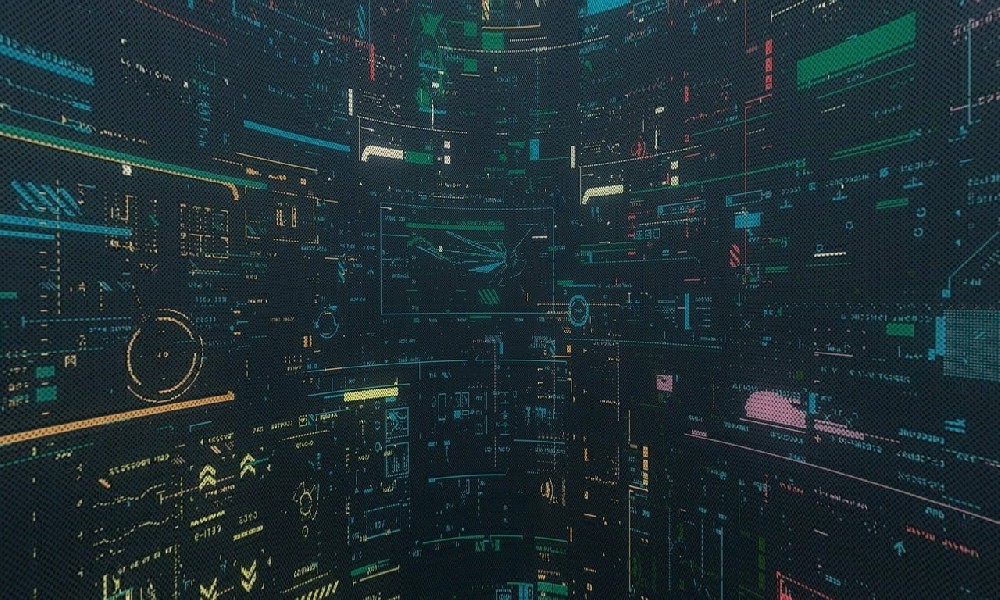The application of User Interface (UI) and User Experience (UX) design principles have become an indispensable part of modern software development. The following article explores the growing significance of UI and UX and how they're shaping the digital world. The intersection of UI and UX design is a compelling discussion in the current digital landscape. While UI deals with the aesthetics and interactive elements of a product, UX focuses on the overall experience of users. Understanding the collaboration and divergence of these two facets is crucial for those aiming to develop impactful and user-friendly applications. The importance of striking a balance between the aesthetic appeal (UI) and functional efficiency (UX) of a product cannot be overstated. While a visually appealing interface attracts users, an intuitive and comfortable user experience ensures their retention. This balance is the sweet spot that every modern software development project should seek to achieve. With the proliferation of digital technologies, newer and smarter UI and UX design tools are revolutionizing the software development process. These tools, like InVision, Framer, and Marvel, have opened opportunities to create improved designs and have streamlined the collaboration between designers and developers. This seamless integration of roles has led to robust, user-centric software solutions that meet diverse user needs. In the era of digital customization, personalized user interface design has become a significant trend. Adaptive user interfaces are changing how users interact with software, providing an avenue for designers to create tailored experiences based on user preferences and behaviors. This shift towards personalization is transforming the way software developers approach UI and UX design, paving the way to truly unique user experiences. Furthermore, the emergence of newer interface types has added a novel dimension to UI and UX design. Voice and gesture-based interfaces, for instance, offer users a unique interaction mode that deviates from the convention of screen-based interfaces. Design innovations like these are expanding the contours of UI and UX design, pushing more comprehensive and intuitive designs into the digital realm. Another fundamental aspect of UI and UX design is the focus on user accessibility. With the rise of smart homes and Internet of Things (IoT) devices, it has become imperative for designers to focus on creating universally accessible user interfaces. This practice implies the need for designs that are not only aesthetically pleasing and comfortable to use but also accessible to individuals with distinct abilities across various platforms. Finally, ethical considerations have also found their place within the UI and UX discussion. These considerations focus on user privacy, data protection, and the sustainability of the products. With tech users growing more conscious and mindful of these aspects, designers are now urged to incorporate ethical considerations into their design decisions, ensuring they create responsible and trustworthy software products. In conclusion, the significance of UI and UX in modern software development underscores the need for designers and developers to pay closer attention to both the macro and micro aspects of product design. As we navigate through this digital revolution, the success of a software product will not just be measured by its technical robustness alone, but also the thought and empathy put into its design. These advancements in UI and UX design are painting an exciting picture of the future, one characterized by innovation, inclusivity, and user-centricity.




